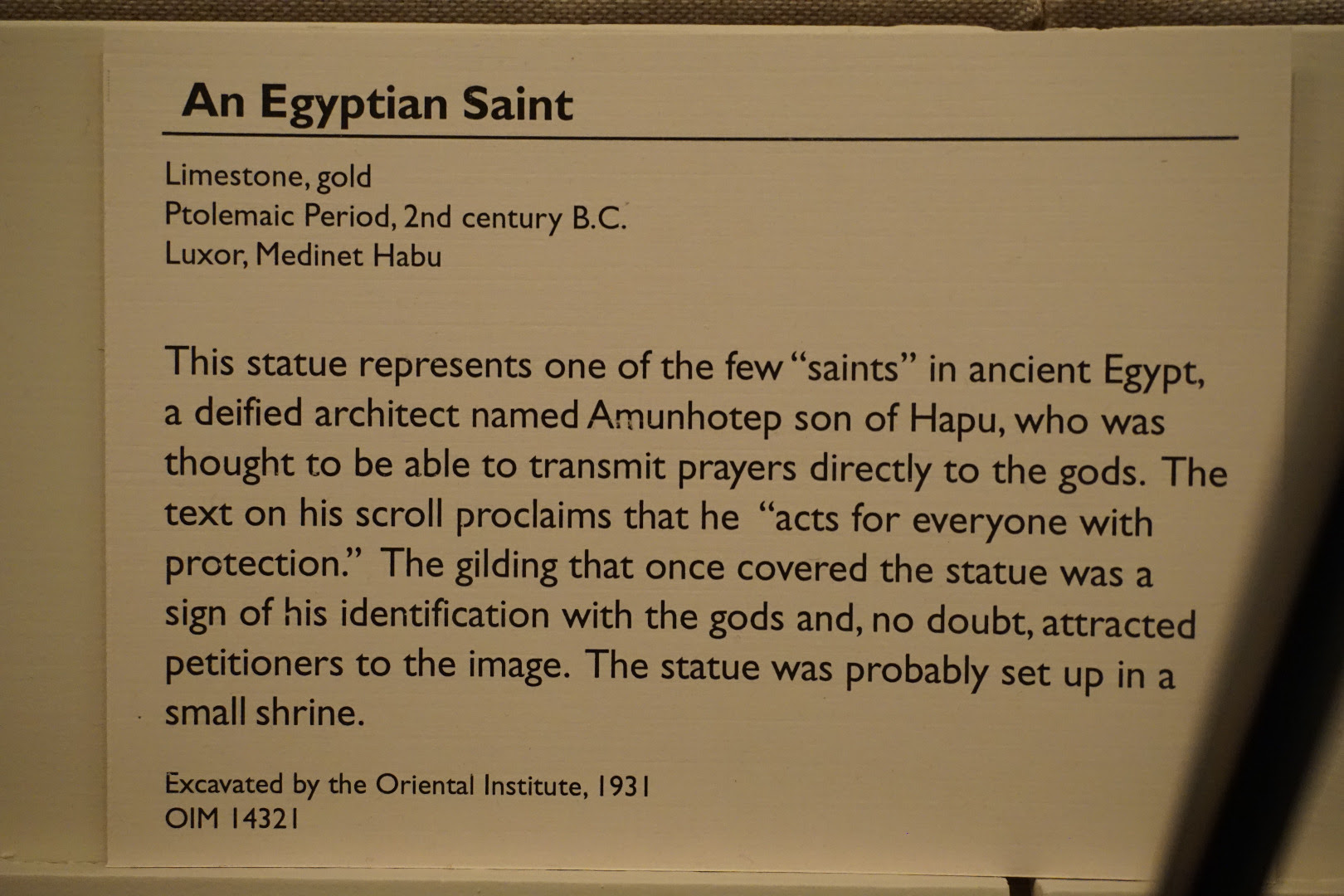
Amenhotep son of Hapu had rôle like Senenmut
Part Four:
Amenhotep son of Hapu known as “Amenophis son of Paapis”
by
Damien F. Mackey
“In the view of some scholars, Manetho was using Osarsiph to allude not to Moses,
but to Akhenaton, and the lepers were symbolic of Akhenaton's ill-regarded revolution;
in Egyptian (and Greek) literature, plague and illness were a common metaphor
for rebellion, anarchy and the havoc wreaked by foreign invaders”.
Yaakov Shavit
The era of Manetho’s “Osarsiph” and “Amenophis son of Paapis” has nothing whatsoever to do with Moses and the Exodus which preceded the former era by at least half a millennium.
Josephus, following Manetho, introduces this “Amenophis ... son of Paapis”.
I have taken the quotation from Russell Gmirkin’s Berossus and Genesis, Manetho and Exodus ..., p. 197:
Josephus, Apion I, 232-33
(232) Thus, after admitting that all those years had elapsed since our forefathers left Egypt, he now interpolates this fictitious [sic] Amenophis. This king, he states, wishing to be granted, like Or, one of his predecessors on the throne, a vision of the gods, communicated his desire to his namesake, Amenophis, son of Paapis, whose wisdom and knowledge of the future were regarded as divinity. (233) This namesake replied that he would be able to see the gods if he purged the entire country of lepers and other polluted persons.
Russell Gmirkin then proceeds to tell of Donald Redford’s interpretation of this incident, according to which “Amenophis, son of Paapis” was none other than Amenhotep son of Hapu, high official to pharaoh Amenhotep III (p. 198):
Redford argued that the episode actually pertained to Amenophis [Amenhotep] III and Amenophis IV of Dynasty XVIIII. ... Redford argued that the prophet “Amenophis, Paapis’ son”, referred to Amenophis son of Haapi [Amenhotep son of Hapu], scribe of Amenophis III .... Additionally, Redford noted that Or is simply Horus, and pointed out that Manetho listed listed “Oruus” as a Dynasty XVIII ruler immediately following Amenophis II. Redford asserted that Horus was part of the throne-name of Amenophis III. For these various reasons Redford found identification of Or with Amenophis III plausible.
The author then proceeds to tell how Redford connected the priest Osarsiph [“Osarseph”] with Akhnaton: “Redford's central argument was that the sacrilegious legislation and acts of the heretic Osarseph ... reflected the theological reforms of Amenophis IV (Akhenaten) who promoted the monotheistic [sic] religion of the sun disk Aten”.
That same view finds further expression in Yaakov Shavit’s article, “From One God to Sun God”: https://www.haaretz.com/1.5289498
Others believe that Akhenaton is none other than the Egyptian priest Osarsiph in Josephus's account, "Against Apion," which draws on the history of Egypt written in Greek by the Egyptian priest Manetho in the third century B.C.E.
According to the version in "Against Apion," Osarsiph was an Egyptian priest from Heliopolis, who joined the masses of Egyptians afflicted with leprosy and other ailments who rebelled after being forced to do hard labor. He offered them a new religious doctrine, fought against Egypt in league with the descendants of Hyksos (who had built Jerusalem after being expelled from Egypt years before), introduced a reign of terror, burned temples and slaughtered priests. In the view of some scholars, Manetho was using Osarsiph to allude not to Moses, but to Akhenaton, and the lepers were symbolic of Akhenaton's ill-regarded revolution; in Egyptian (and Greek) literature, plague and illness were a common metaphor for rebellion, anarchy and the havoc wreaked by foreign invaders.
Manetho's writings, which made use of the traditions directed against the "heretic" Egyptian king and his revolution, came to be read as referring to Moses, Jews and Judaism, and greatly influenced successive generations. In his "Life of Moses," Philo notes the wide dissemination of anti-Mosaic literature, when he describes the numerous writings that were intended to spread slander about Moses.

No comments:
Post a Comment